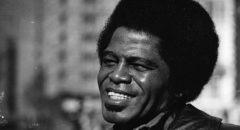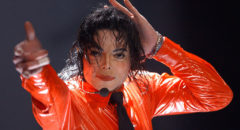
Many people think they know who Herschel Walker is. The 1982 Heisman Trophy winner, pro football star, and Olympian has been an American athletic hero for most of his life. Little did we know there are multiple sides to him that even he didn’t know about.
Not until he sat down to write his autobiography did Walker say he truly understood who he was, someone with a dissociative identity disorder.
What is dissociative identity disorder (DID)?
Per Psychiatry.org, dissociative identity disorder is associated with overwhelming experiences, traumatic events, and/or abuse that occurred in childhood. Dissociative identity disorder was previously referred to as multiple personality disorder.
Symptoms of dissociative identity disorder (criteria for diagnosis) include:
The existence of two or more distinct identities (or “personality states”). The distinct identities are accompanied by changes in behavior, memory, and thinking. The signs and symptoms may be observed by others or reported by the individual.
Ongoing gaps in memory about everyday events, personal information, and/or past traumatic events.
The symptoms cause significant distress or problems in social, occupational, or other areas of functioning.

In addition, the disturbance must not be a normal part of a broadly accepted cultural or religious practice. As noted in the DSM-51, in many cultures around the world, experiences of being possessed are a normal part of spiritual practice and are not dissociative disorders.








